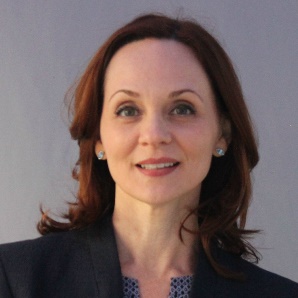MoSCoW or Bust! Myths About Prioritization

Prioritization is an important yet sometimes misunderstood activity performed by business analysis professionals, product management professionals, and agile teams. While many believe it’s about arranging work in order, the reality is a bit more complicated.
In the latest episode of Business Analysis Live, speaker, author, and product management professional Kent McDonald joined host Susan Moore to challenge some of the most common myths about prioritization and rethink how to prioritize.
Let’s dive in!
Prioritization Is More Than Just the MoSCoW Method
The full title of this episode included “MoSCoW or Bust!,” a play on the word that represents a popular technique—Must Have, Should Have, Could Have, or Won’t Have.
As Kent pointed out, "[For] a lot of people when they do MoSCoW, everything tends to be weighted in the M—everything's a must-have." True prioritization involves making decisions on what not to do. Instead of relying solely on techniques or frameworks, teams should start with clear business outcomes and use them as filters to determine what truly deserves attention.
Filters, Not Buckets
Many organizations treat prioritization like sorting items into buckets—high, medium, or low priority. The problem? Everything tends to end up in the high-priority bucket. Instead, Kent suggests using a filtering approach. If an initiative doesn’t align with key business objectives, it should be filtered out rather than kept in a backlog indefinitely.
Prioritization vs. Sequencing
Prioritization determines what gets done (and what doesn’t), while sequencing focuses on the order of execution. A well-prioritized list doesn’t necessarily dictate the sequence of work; other factors like dependencies, risks, and technical constraints play a role in sequencing decisions.
The Power of Asking “Why?”
Many business analysis professionals hesitate to challenge stakeholder requests but asking “why” can reveal hidden objectives.
In one example, Kent shared how a project originally framed as a system modernization effort was actually about reducing pricing errors. Understanding the real goal helped the team prioritize features that would make an impact, and they could sequence those features to deliver value early.
But asking “why” can be tricky for some business analysis professionals. We might feel like we’re not in a position to question leadership, or we may face resistance when we push for more details. Since work is often framed around the solution a stakeholder already has in mind, understanding how they arrived at that conclusion helps uncover what truly matters.
As Kent put it, “The secret is not subjecting them to some form of Spanish Inquisition, but rather positioning it as, ‘I’m just trying to understand.’” These discussions should feel natural—fostering discovery and learning—rather than mechanical or forced.
Business Analysts Are Product People Too!
Prioritization doesn’t just involve product owners or product managers—business analysis professionals play a crucial role in performing the analysis and uncovering the “why” behind the work. They’re also key in aligning the work that provides the most value. By focusing on outcomes rather than just features, they can help teams align their efforts with business goals.
And it’s not only about using techniques like MoSCoW, either. Prioritization is about making deliberate decisions that drive meaningful outcomes. Rather than focusing on a long list of work items, organizations should prioritize based on the results they want to achieve.
Effective prioritization requires strong business analysis skills to gather the right information, challenge assumptions, and provide stakeholders with the insights they need to make informed choices. Without this legwork, prioritization becomes little more than a game.
Join the Conversation
Whether you’re looking to refine your skills, keep pace with cutting-edge practices, or simply enjoy thought-provoking discussions, there’s something for everyone in every episode of Business Analysis Live.
We’d love to hear from you! Are there topics or trends you’d like us to explore in the upcoming year? Share your ideas and help shape the conversation. Make sure you don’t miss a single episode—subscribe now to stay in the loop.
Happy prioritizing!
About the Author

Susan hosts Business Analysis Live to discuss business analysis topics and answer questions from the live audience. There's a backlog of upcoming topics and she's happy to take suggestions. Add a comment to one of our videos to suggest a topic you would like Susan to cover in an upcoming episode or connect with her via email at live@iiba.org.


